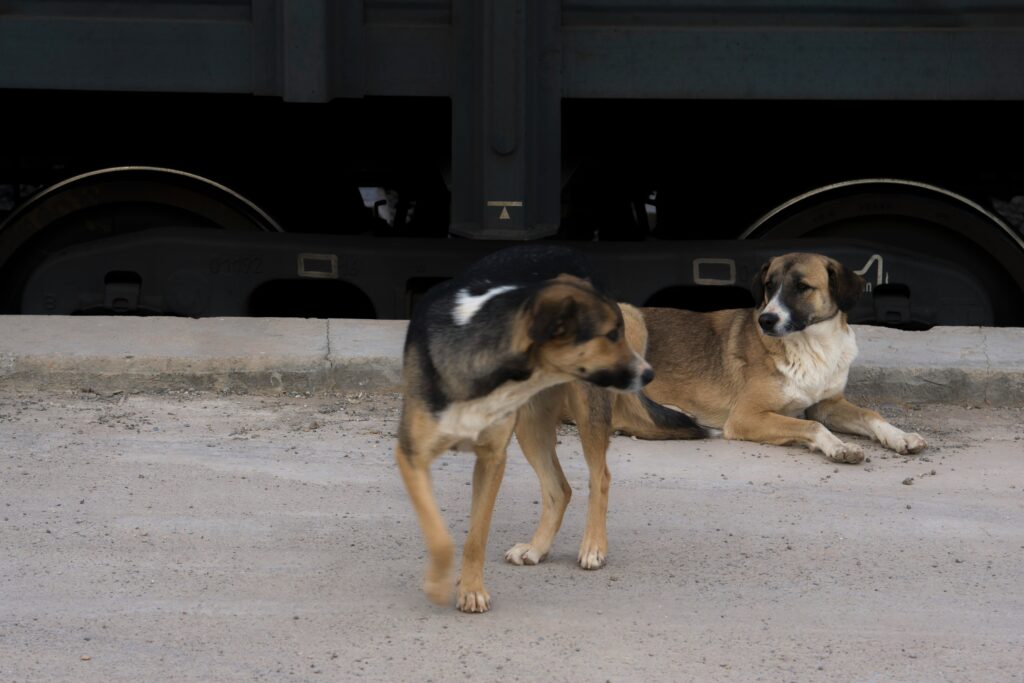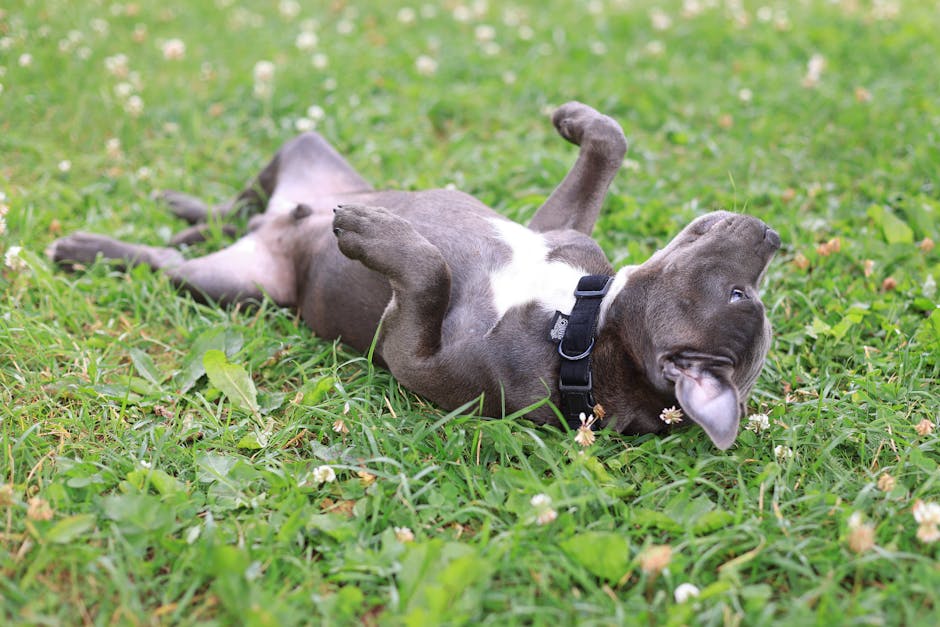Start with the Right Mindset
Training your dog isn’t about exercising power or control—it’s about fostering communication and mutual understanding. New pet owners often overlook the mental and emotional foundation they bring into the training process. But the right mindset is the key to long-term success.
Training Is Communication, Not Control
Think of dog training as a language. You’re teaching your dog how to understand human expectations, and in turn, you must learn how your dog communicates needs, stress, and excitement.
- Dogs respond best to clear, consistent signals
- Focus on building trust, not enforcing dominance
- Create a routine where both you and your dog know what to expect
Patience, Consistency, and Tone Matter
Your dog reads more than your commands. Your tone of voice, body posture, and overall energy shape how your dog reacts and learns.
- Patience: Rushing training leads to confusion or frustration—for both of you
- Consistency: Repetition and predictable responses help dogs learn faster
- Tone: Encouraging tones motivate better than harsh or loud corrections
Keep each session low-pressure and short. It’s better to train for two solid minutes than to drag out a distracted 10-minute session.
Consider Your Dog’s Background
No two dogs learn the same way. Their age, breed, and personality all influence how quickly they’ll pick up new skills.
- Puppies can learn basic routines quickly but need short sessions and extra rest
- Older dogs may take longer to adjust but respond well to calm, clear direction
- Breed tendencies affect focus, energy, and motivation levels
- Individual personality matters—some dogs thrive on praise, others on treats or play
Understanding your dog’s unique traits helps you tailor your training approach and avoid missteps early on.
Technique 1: Positive Reinforcement
Training a dog isn’t about dominance—it’s about clarity. And one of the clearest ways to communicate with your dog is through positive reinforcement. When they do something right, reward them. This simple formula builds trust, shapes behavior, and makes training something both of you look forward to.
Start small. When your dog sits on command, give a treat within two seconds. That timing is crucial—it locks the reward to the behavior in their brain. The same goes for verbal praise. Keep it short and upbeat: “Good sit!” or “Nice job!” Dogs don’t need a speech—they need a signal that they nailed it.
Here’s how this plays out in real life:
- Sit: Hold a treat just above your dog’s nose and slowly move it back over their head. As their nose follows, their rear drops. The moment they sit—treat and praise.
- Stay: Ask for a sit, then hold your hand up like a stop sign. Take one step back, then return and reward. Gradually increase the distance and time, always rewarding the calm stay.
- Come: Crouch down, open your arms, and call your dog in a happy voice. When they run to you—treat, praise, repeat. Never call them to punish, or they’ll stop coming.
Keep sessions short—five to ten minutes tops. End on a win. Over time, your dog learns that listening pays off. It’s not magic, just good timing and consistency.
Want a deeper look? Visit More on this approach here.
Technique 2: Crate and House Training
Crates are not cages—they’re dens. Dogs are naturally wired to seek out small, safe spaces to rest. When used right, a crate becomes a tool for comfort and structure, not punishment. Never send a dog to the crate as a timeout. Instead, introduce it gradually with the door open. Toss in treats, feed meals nearby, and let them associate it with calm, secure moments.
For potty training, routine is everything. Take your dog out first thing in the morning, after meals, naps, and play sessions. Same door, same words, same reward every time. Praise immediately when they go outside—not five steps later. Consistency locks in the behavior.
Accidents will happen. When they do, skip the drama. Clean up thoroughly with an enzyme-based cleaner. Don’t rub their nose in it or scold them after the fact—they won’t connect the dots. Instead, revise your schedule and tighten up supervision. Every slip is feedback; use it to stay sharp, not get frustrated.
Crate and house training demand patience, not perfection. Stay steady, and the habits stick.
Technique 3: Leash Manners & Walking Calmly
Teaching your dog to walk without pulling isn’t just about comfort—it’s a safety issue. A dog that drags you around can step into traffic, tangle your leash, or break a collar. The fix? Training your dog that calm, polite walking is the only option.
Start slow. Pick a quiet space with minimal distractions. The moment your dog starts to pull, stop. Don’t yank or yell—just wait. When they return to you or loosen the leash, reward. Repeat. It’s not about punishing pulling; it’s about showing them that not pulling gets them what they want: forward movement.
Now about tools. A front-clip harness can reduce pulling without pain. Some owners prefer head halters for stronger dogs. Clickers are great if you’re incorporating marker training. No tool replaces proper training, but the right setup makes the process smoother and more effective.
And don’t think of walks as just exercise. Each outing is a training opportunity. Practice sit-stays at curbs, reinforce heel positions randomly, reward calm behavior when distractions pass. The leash isn’t a tether—it’s a communication line. Make your walks part of the conversation.
Technique 4: Teaching Basic Commands
“Sit,” “Stay,” “Come,” and “Leave it.” These are your dog’s core commands—foundation-level stuff every new owner should prioritize early. Start teaching them once your dog feels somewhat comfortable in your space (usually a few days to a week after arrival). Don’t wait for signs of bad habits to kick in. These commands aren’t just practical—they’re about safety, structure, and trust.
Here’s the breakdown:
- Sit: Usually the first command since it’s instinctive. Use a treat to guide their nose up and back, causing the back end to drop. As soon as they sit, say the word, reward, and praise.
- Stay: Comes after “sit.” They need to understand impulse control. Start with one-second stays and gradually stretch it. Always release them with a consistent cue like “OK.”
- Come: Critical for safety and recall. Use a happy tone. Reward generously when they come—and never call them over to scold. That breaks the trust fast.
- Leave it: Teaches impulse control around distractions like food, small objects, or other dogs. Use a “swap” method—offer something better in return—and praise when they disengage.
Keep training sessions short—5 to 10 minutes max. Dogs, like people, get distracted or tired fast. A few focused reps each day do more than long, scattered efforts. End every session on a win, no matter how small.
Repetition builds fluency. Patience builds trust. Over time, these basic commands don’t just direct behavior—they solidify the bond between you and your dog.
Technique 5: Addressing Unwanted Behaviors Early
Dogs don’t grow out of bad habits—they get better at them. That’s why it’s critical to address problem behaviors like jumping, barking, or chewing as soon as they start. Waiting lets the habit stick, which makes undoing it harder later on.
Start by spotting the why behind the behavior. A dog who barks nonstop might be under-stimulated, anxious, or simply confused about what’s expected. Chewing furniture? That could be boredom, teething, or lack of appropriate toys. Jumping on guests might seem like excitement, but often it’s a sign your dog hasn’t learned boundaries or self-control.
Correction doesn’t mean punishment. In fact, harsh discipline usually backfires. The goal is to redirect the behavior before it becomes a pattern. Keep a few toys nearby to swap with forbidden items when chewing starts. Teach a solid “off” command for jumping—and reward calm greetings. For barking, interrupt with a cue like “quiet,” reward the silence, and make sure your dog’s needs are being met.
Work with your dog, not against them. When you understand what’s driving the behavior, your correction becomes clearer, simpler, and way more effective.
Wrap-Up: Training as a Lifelong Investment
Dog training isn’t about cramming in a weekend’s worth of commands. It’s about steady, repeatable interactions that build trust and understanding over time. Why does consistency beat intensity? Because dogs learn best through routine. Five minutes a day, every day, works better than an overwhelming hour once a week. The goal isn’t to rush toward perfect obedience—it’s to reinforce clear, predictable boundaries in a way your dog can actually process.
That said, there’s no shame in calling in help. If your dog’s behavior becomes unmanageable—or if your training just isn’t landing—professional trainers can spot what you’re missing. Sometimes, a third-party perspective can clear weeks of frustration in one session.
But here’s the real takeaway: training isn’t just about commands—it’s about connection. You’re not raising a robot. You’re building a relationship. Focus on understanding your dog, not just making them obey. That bond is what makes everything else stick.




